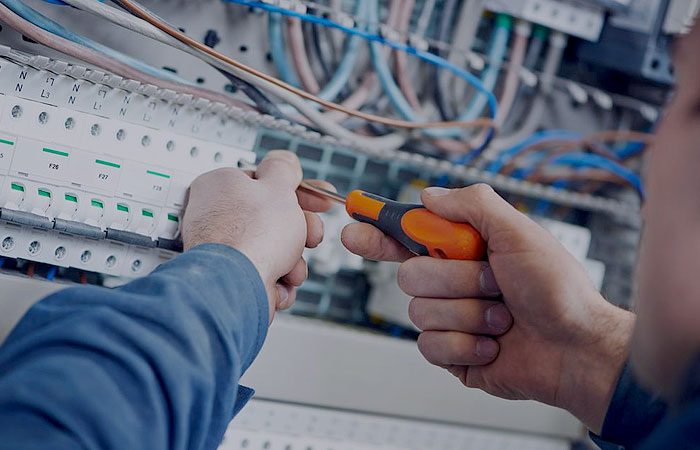Buying Bank Owned Homes As Investment Properties
Bank owned homes are houses which have been repossessed by banks due to foreclosure. Foreclosed property is first placed for sale through public auction. If no one bids on the property it is returned to the lender and can be held as an asset by the bank or listed for sale through assigned realtors or the bank’s loss mitigation department.
Oftentimes, the appraised value of bank owned homes is less than the home loan balance. Deficiencies can be related to subprime lending, overextension of credit, second and third mortgages, and creditor or tax liens. Another cause of reduced property values stems from economic conditions which have devalued real estate values by as much as 40-percent.
Once lenders take possession of foreclosure homes they can enter into negotiation with creditors and government agencies to remove liens and judgments. If foreclosed property is in poor condition, lenders sometimes invest funds to return the home to livable condition. Repair costs are usually added to the asking price.
Bank owned real estate is usually priced higher than foreclosure properties sold through auction. However, bank owned homes are sold with a clean time; eliminating the need for buyers to enter into the lien and judgment removal process often associated with buying foreclosure houses.
Bank foreclosures are purchased directly through the lender or their designated real estate agent. Buyers should be prepared to pay the full asking price unless home inspections reveal substantial damage, or if buying houses with cash.
Banks incur substantial financial losses through the foreclosure process. It is common for mortgage lenders to reject low offers and enter into multiple counter offers prior to accepting an offer for purchase.
Bank owned homes are also referred to as real estate owned, REO properties, and bank foreclosures. At present, millions of REO homes are available for sale across the nation. The average purchase price hovers around 10-percent below market value.
One way to obtain further savings is to seek out investing firms and real estate investors who purchase bank portfolios. Buying houses in bulk allows investors to obtain wholesale prices. These savings can be passed along to individual buyers or other investors. Banks typically dispose of foreclosure properties which cost them money to maintain.
Buyers can find exceptional deals and affordable real estate by purchasing bank repo homes from investors who engage in wholesaling. Oftentimes, wholesale properties can be purchased 20- to 30-percent below market value. When buyers purchase REO houses below market value, they obtain instant home equity which can provide funds needed for repair or renovation.
Foreclosed real estate is sold in as-is condition, so buyers should be prepared to invest time and money renovating the property. It is crucial to engage in due diligence and obtain a professional home appraisal and inspection prior to making an offer to the bank. Buyers should also take time to investigate the area and research housing trends, anticipated growth rate, property taxes, flood zones, school districts, and crime rates.
Taking time to inspect bank owned homes and investigate the area can reduce financial risks. Start by locating real estate investors that specialize in buying and selling distressed properties. Doing so can help buyers locate real estate owned properties suitable for generating a good return on investment.








